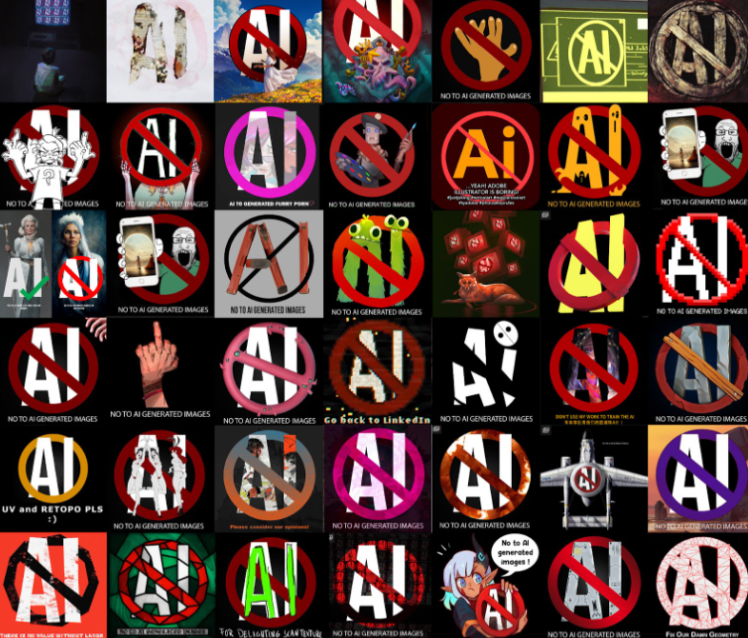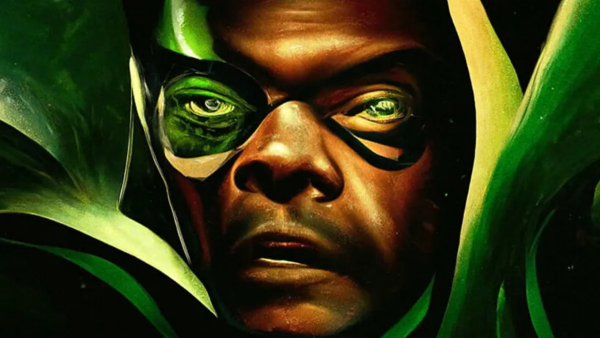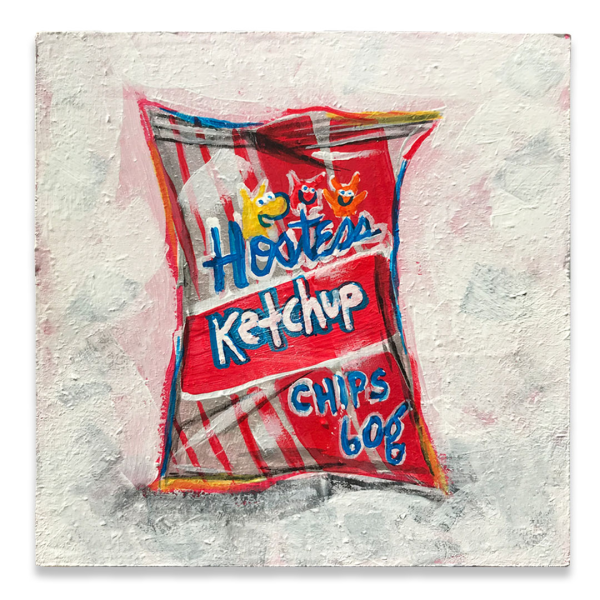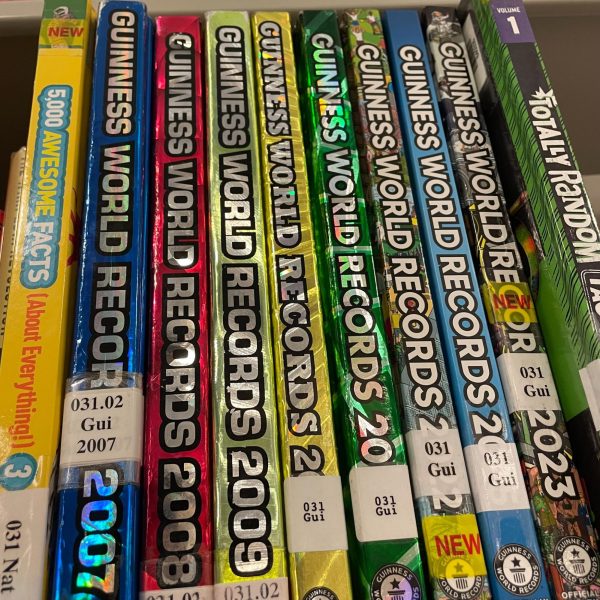AI Art: Creativity, Labor, and Exploitation
Art is hard. The best artists, whose work inspire awe and admiration, dedicate decades of their lives to honing a skill. Of course, that can’t be expected of everyone. Not everyone has the time or money or talent needed to master oil painting or charcoal drawing. But aren’t all people artists at heart? Don’t all humans desire to create beauty (whatever “beauty” means to each individual)? Perhaps you, like so many creatives confined by technical skill, wish you could simply manifest an external representation of your vision to present to the world without the struggle of gitting gud. In that case, congratulations, because we are living in the future.
AI generation tools like Midjourney, Stable Diffusion, and DALL.E can create images using textual input from the user. That means you can make pieces of art with these programs within minutes just by describing to them what you want. David Holz, the founder and CEO of Midjourney, declares in an interview with Forbes that the goal of the AI engine is to “unlock the creativity of ordinary people.” And just like that, AI has made you an artist… right? Well, what AI algorithms of this kind actually do for human artistic ability couldn’t be further from this, but a more urgent conversation is to be had about how they do it. AI “art” must be shunned not only because it exists to thwart creativity, but also because it exploits creative labor on a massive scale without knowledge or consent of the laborers.
Midjourney and DALL.E have not made their datasets public, but Björn Ommer, a researcher on Stable Diffusion, has disclosed to Euronews Next, “There are now big data sets which have been scraped from the Internet, publicly available. And these we used, mainly the LAION datasets, which are out there, consisting of billions of images that we can train upon.” The non-profit organization LAION organizes datasets of text-image pairs sourced from another organization called Common Crawl that scrapes billions of web pages monthly and releases the datasets to the public. It can be assumed that similar AI programs source training data in a near-identical way. While Common Crawl aims to “[provide] a copy of the internet to internet researchers, companies and individuals at no cost for the purpose of research and analysis,” as established on their ‘Frequently Asked Questions’ page, AI programs are consumer products offering commercial licenses for the images they generate from data they do not own. The purpose of democratizing the internet was not to make art theft easier and more profitable, yet here we are.
David Holz confesses that online artists, uncompensated for the use of their work, have no way to opt out of being included in Midjourney’s training data model, but assures, “We haven’t encountered anyone who wants their name taken out of the data set that we could actually find in the data set.” Interestingly, in the same Forbes interview, he also stated, “There’s no way to find a picture on the Internet, and then automatically trace it to an owner and then have any way of doing anything to authenticate it.” How convenient that they “haven’t encountered” any discontent artists in their dataset when their dataset cannot trace original artists in the first place. Contrary to what Holz hopes most will believe, AI art is met with widespread resentment from online artist communities. In December of last year, ArtStation began to be flooded by the same picture posted by thousands of users, all repeating the motto, “NO TO AI GENERATED IMAGES.” Actual artists are making their voices heard, and they want you to know AI art is not on their side as tech bros advertise.
Why do even renowned filmmakers—artists—Guillermo del Toro and Hayao Miyazaki call AI art “an insult to life itself”? Truth is, the “creativity of ordinary people” does not need to be “unlocked” by AI. Rather, AI handicaps creativity and artistic growth by recycling what already exists without intention or conscious interpretation. In fact, it’s almost comical how often mangled remnants of artists’ signatures can be seen in the corners of AI-generated images, going to show AI’s mindless regurgitation of training data. Everyone has personal lived experiences and unique worldviews to be communicated to others, and that’s the essence of art: communication—human connection. Every prompt you can enter into a generator is already in your head. Why even do art if not for love of the process? The technology itself isn’t evil, either; it’s just statistical modeling. Its implementation by human users, from misguided to malicious, is what needs to be regulated to protect artists and their labor.
In the past couple of decades, art education has become the most accessible it has ever been. Countless artists share tools and techniques for free—teaching anatomy, composition, color theory—over the Internet because they desire to see others flourish in pursuit of a shared passion, because they understand no one starts out as a great artist. It’s okay to suck. A stick figure doodle has more artistic merit than a polished-looking illustration generated from typing “blonde anime girl beautiful beach sunset trending on artstation” into what is effectively a Google search with extra steps. Anyone can get their hands on paper and pencil.
So, go out there and make art. Make bad art if you must, but make it with your own hands—or feet—it doesn’t matter! Go feel something! The capitalist hellscape around you is bleak, but go feel something! Waves of industrialization have come and gone, and every time they’re making something else more efficient to produce, and every time a little art is lost from the world because art exists in opposition to everything that capitalism is: non-stop output, production for consumption’s sake, predictable systems. Art is a labor of love, and love can’t be automated. Even in an economy that tries its darndest to devalue art and labor, AI art will fail to threaten culture and livelihoods if we as consumers demand effort and quality, and if we as people remember compassion and solidarity for the artistic laborer.








Guadalupe Bryan • May 16, 2023 at 3:38 pm
“So, go out there and make art. Make bad art if you must, but make it with your own hands—or feet—it doesn’t matter! Go feel something! The capitalist hellscape around you is bleak, but go feel something! […] Art is a labor of love, and love can’t be automated. Even in an economy that tries its darndest to devalue art and labor, AI art will fail to threaten culture and livelihoods if we as consumers demand effort and quality, and if we as people remember compassion and solidarity for the artistic laborer.” –This is great. Well said, Norma Lin!!